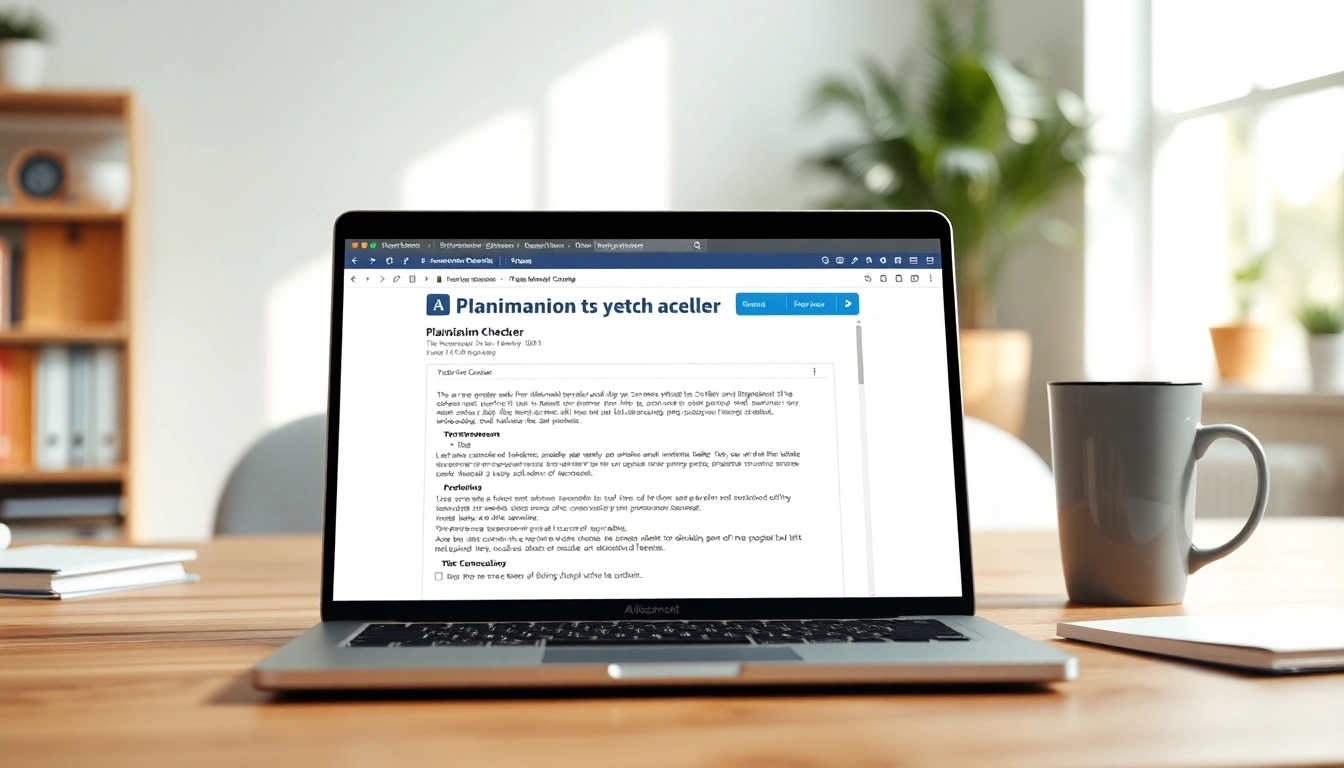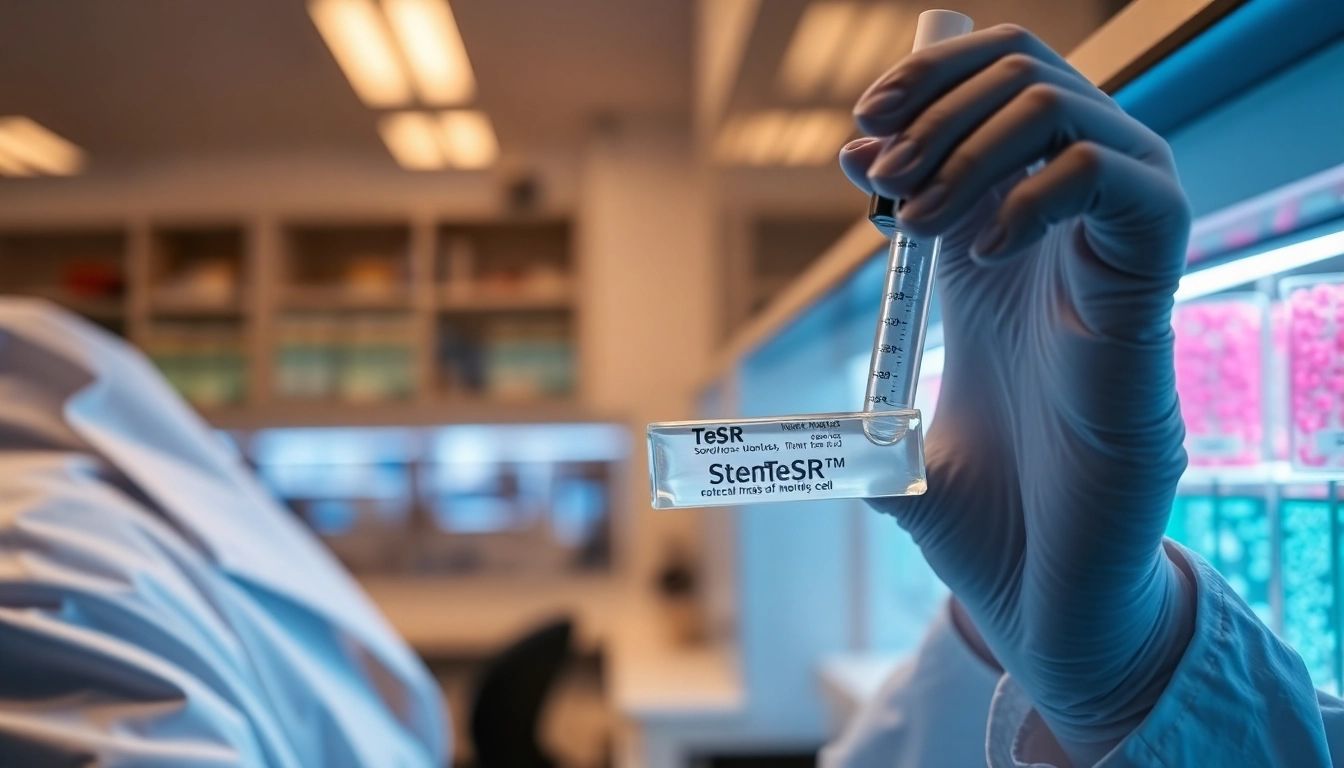Understanding the Importance of a Plagiarism Checker
In the age of digital content creation, originality is paramount. Educational institutions, content creators, and professionals alike are increasingly aware of the risks associated with plagiarism. This illegal and unethical practice can have dire consequences, from failing grades to damaged reputations. Therefore, employing a robust plagiarism checker has become an essential tool in safeguarding one’s work against potential pitfalls.
What is a Plagiarism Checker?
A plagiarism checker is a software tool designed to identify instances of plagiarism within written texts. These tools analyze the submitted material against a vast database of academic articles, websites, and other published works. By examining the text for similarities or matching phrases, a plagiarism checker can provide users with a report detailing potential plagiarism cases and the sources from which the matching content is found.
Why Use a Plagiarism Checker?
The primary purpose of using a plagiarism checker is to ensure that content created is original.
Here are some compelling reasons for its use:
- Academic Integrity: For students and researchers, submitting original work is fundamental. A plagiarism checker can help verify that the material adheres to academic standards.
- Content Quality: Content creators can utilize these tools to enhance the quality of their content by ensuring that it is unique and not unintentionally similar to existing texts.
- Reputation Management: Professionals and organizations rely on original content to maintain their credibility. A plagiarism checker helps guard against content theft which can harm reputations significantly.
Common Misconceptions about Plagiarism
Despite its significance, various misconceptions about plagiarism persist, leading to confusion among creators:
- “Plagiarism is just copying text.” – Plagiarism can also include paraphrasing someone else’s ideas without proper citations.
- “Only students plagiarize.” – Professionals and content marketers also face risks of unintentionally using plagiarized content.
- “Plagiarism checkers are infallible.” – While useful, these tools are not foolproof and may miss instances of plagiarism or flag legitimate content.
How to Choose the Right Plagiarism Checker
With numerous plagiarism checkers available, selecting the right one can be challenging. Here are essential factors to consider:
Key Features to Consider
When searching for a plagiarism checker, consider various features that can enhance your user experience:
- Database Size: A large database indicates that the tool is more likely to catch instances of plagiarism.
- Reporting: Look for tools that provide comprehensive reports, detailing the sources of matched content and the percentage of similarity.
- User Interface: A straightforward and intuitive interface can significantly enhance user experience.
Comparing Accuracy and Feedback Quality
The accuracy of plagiarism checkers can vary. It’s essential to compare different tools based on user reviews and success rates. Tools that offer detailed feedback and constructive suggestions to revise content can also help enhance the original work’s overall quality.
Evaluating Pricing Models
While many plagiarism checkers offer free services, they often come with limitations. Paid services can provide more thorough checks and advanced features. Evaluate the cost-effectiveness of each tool concerning what it offers in terms of features and reliability.
Best Practices for Using a Plagiarism Checker
Utilizing a plagiarism checker effectively requires more than just pressing a button. Here are best practices to follow:
Formatting and Document Types
Before running a check, ensure that your document is correctly formatted. Most tools accept different file types such as .docx, .pdf, and .txt. Some tools may also have specific settings for academic papers, essays, or professional content, so check these specifications to get the best results.
Interpreting Results Effectively
Understanding the results provided by a plagiarism checker can be daunting. Focus on the significance of the matches indicated:
- Exact Matches: These are citations of the original text and must be addressed promptly.
- Paraphrased Content: Instances where the idea is borrowed but the wording is changed also require attention. Proper citation is essential.
- False Positives: Sometimes, common phrases may trigger matches—learn to identify them.
Steps to Revise Your Work
Once you have the plagiarism report, revising your work may involve:
- Identifying problematic sections.
- Citing sources correctly to avoid unintentional plagiarism.
- Paraphrasing or summarizing content in your unique voice.
Advanced Features of Plagiarism Checkers
Modern plagiarism checkers come with several advanced features incorporating sophisticated technologies to enhance prevention efforts:
AI Integration and Detection Capabilities
Artificial intelligence (AI) has revolutionized how plagiarism checkers operate. AI-driven tools not only detect direct matches but can also identify disguised plagiarism, where the text has been modified significantly.
Multi-language Support & Other Tools
Many plagiarism checkers now offer multi-language support, providing accessibility to non-native English speakers and global users. Additionally, integrated tools for grammar checking, style suggestions, and citation assistance can improve overall writing quality.
Customizable Settings for Enhanced Use
Some advanced checkers allow users to customize settings according to their specific needs, including defining the level for sensitivity (e.g., low, medium, high) or selecting different types of sources for comparison.
Measuring Effectiveness of a Plagiarism Checker
Simply choosing a plagiarism checker isn’t enough; measuring its effectiveness is crucial:
Interpreting Success Rates and Reports
Analyzing the reports from your checker will give you insight into how effectively it identifies plagiarism. Keep track of the number of matches reported over time, aiming for a decrease as you refine your writing practices.
User Feedback and Testimonials
Researching user reviews and testimonials can provide additional insights into the reliability of the tool you are considering. Look for attributes like accuracy, ease of use, and customer service responsiveness.
Continuous Improvement and Updates
The digital landscape is constantly evolving, which means your plagiarism checker should too. Assess whether the tool you choose regularly updates its database and algorithms to keep pace with the changing content landscape and emerging plagiarism tactics.















Leave a Reply